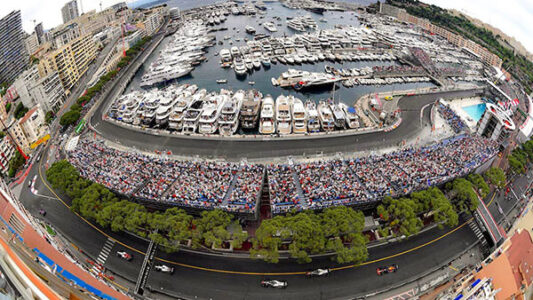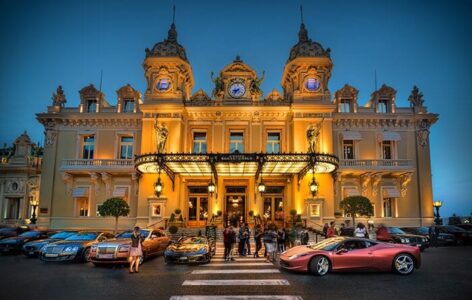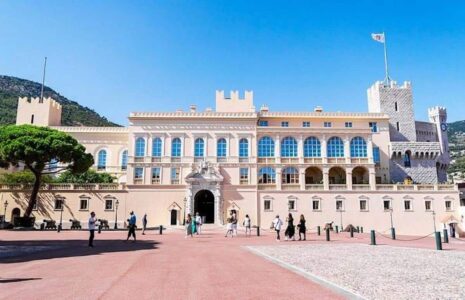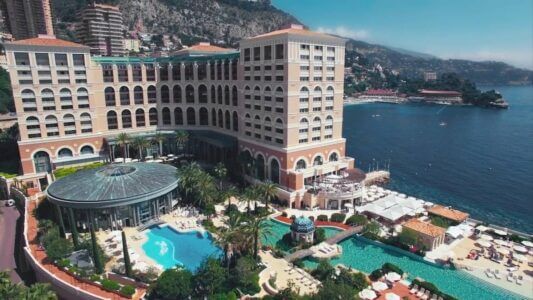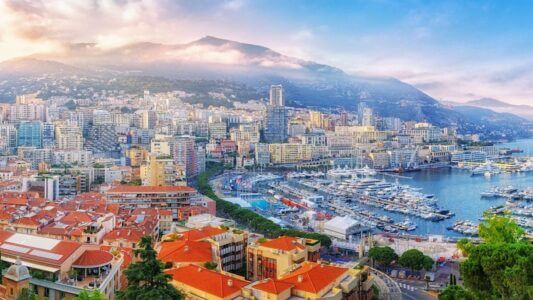Posidonia: what to do with these plants that invade our beaches?

Every winter, the beaches of the Côte d’Azur become covered in brown clumps. The dead posidonia leaves often annoy tourists. They have hidden potential, however.
Posidonia is often mistaken for a type of seaweed, whereas it is a flowering seagrass rooted in the Mediterranean seabed. With its long green leaves, stems and roots anchored in the sand, it forms huge underwater meadows that sway with the currents. These discreet but vital marine meadows shelter an abundance of biodiversity: fish, crustaceans and molluscs find refuge there and grow, protected from predators.
Posidonia also purifies the water and slows beach erosion by stabilising the seabed. It captures large quantities of carbon, far more than forests on land. It is a real mainstay of the Mediterranean’s ecological balance. Posidonia produces oxygen: between 14 and 20 litres per square metre every day. Scientists call it the “lung of the Mediterranean.”
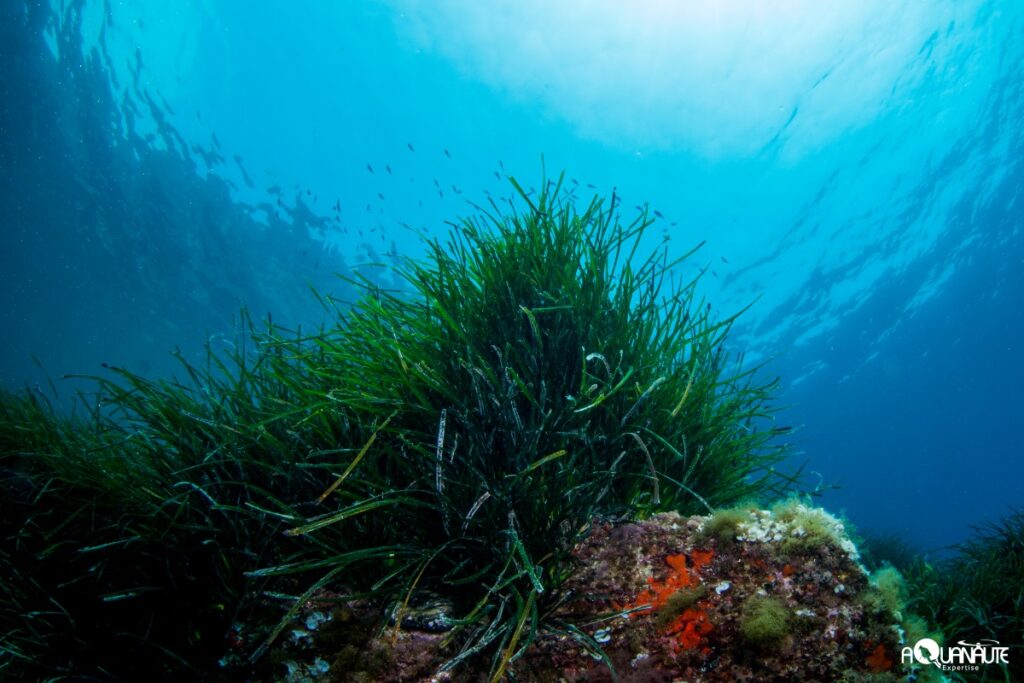
But while this plant is protected, it is now under threat from human activity: pollution, unauthorised anchoring, coastal development, global warming… all pressures that threaten this essential ecosystem. Like all plants, posidonia renews its leaves. Those that fall off turn brown, and are carried by the currents to the coast. They form posidonia banks on the beaches, natural accumulations that can surprise visitors.
The AMPN (Association Monegasque pour la Protection de la Nature) plays a key role in preserving Posidonia in the Principality. In 1976, it created the Larvotto Marine Protected Area to protect Monaco’s only Posidonia seagrass bed, which is essential to marine biodiversity. Since 2021, under the leadership of Dr Heike Molenaar, the non-profit has been running an experimental cuttings programme aimed at restoring a degraded area of the meadow. The results are promising. In 2024, plant density increased by 20% and the method tested in Monaco proved to be the most effective in a comparative study carried across the Mediterranean. The 2025 monitoring campaign hopes to be able to confirm that progress, in a programme supported by the Prince’s Government.
From posidonia to everyday products
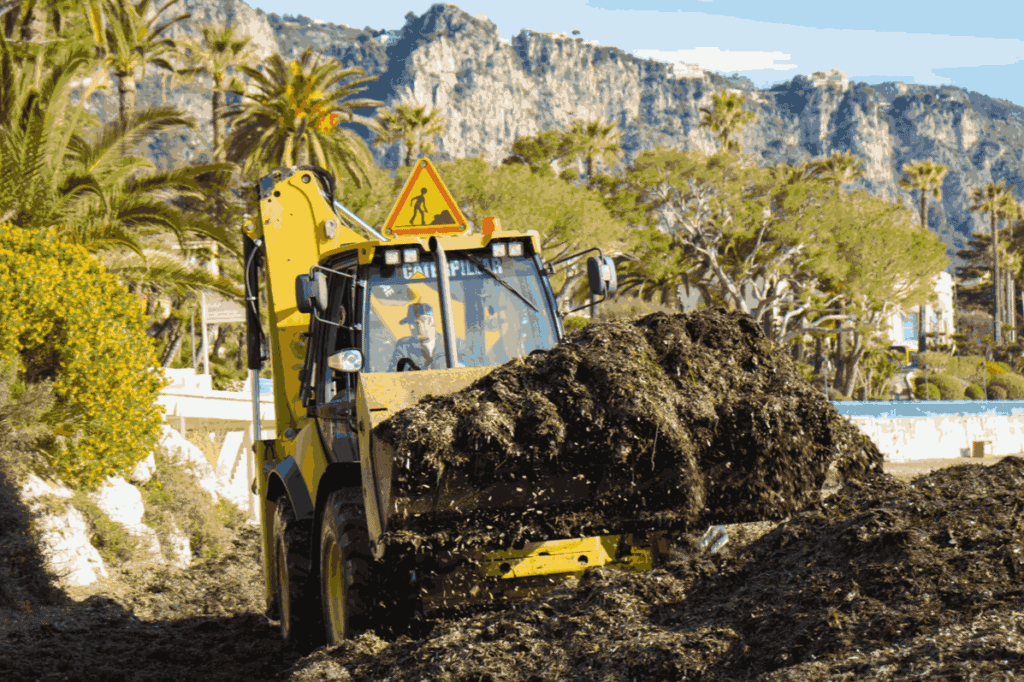
© Municipality of Beaulieu-sur-Mer
More unexpectedly, these marine plants can also be used for practical and innovative purposes.
This is the challenge taken up by the Branao craft brewery, which has just launched “Posidonia”, the first commercial beer made from the plant. The innovation is the result of a collaboration between the brewery and the municipality of Beaulieu-sur-Mer. Eric Dutilleul and Georges Compère, the master brewers, spent eighteen months developing a recipe combining posidonia flour and roasted olive stones. They discovered that the dried and roasted leaves give off subtle notes of iodine and hazelnut. The manufacturing process involves several stages. After desalting and drying, the posidonia is roasted to develop its flavour, while the olive stones add notes of caramel and toasted wood. The municipality is directly involved in the supply. The first 2025 harvest began in January with the help of the municipal backhoe. The natural banks are collected as part of an official procedure, and the washed-up plants are used as a local raw material. The result is a lager-type beer with amber highlights. The beverage is now available in Beaulieu cafés and from the tourist office. Free tastings are organised for residents who sign up. The initiative has paved the way for new experiments. The brewery is currently testing other formulations to expand the range.
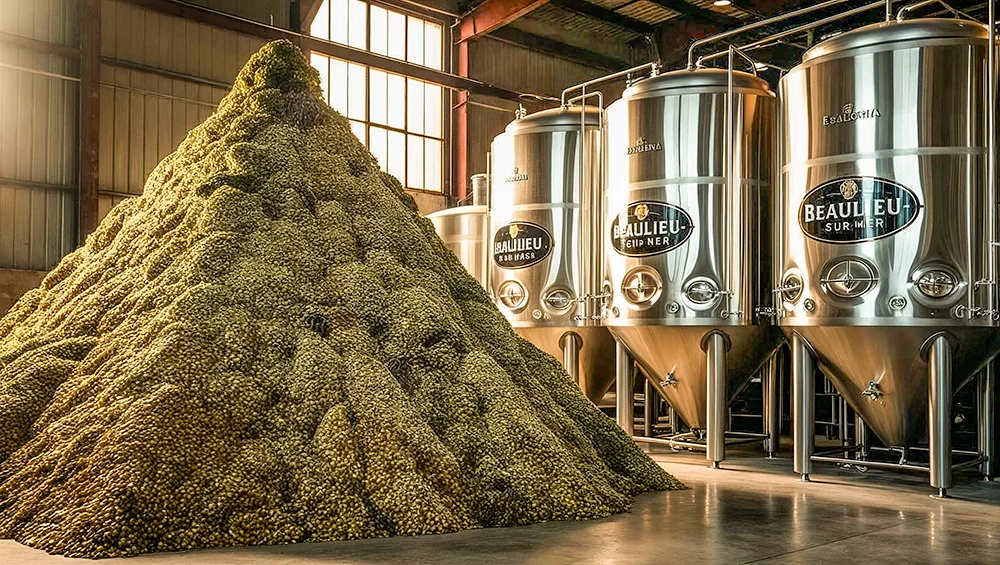
© Beaulieu sur mer
The textile industry also makes symbolic use of the plant. Brands such as Posidonie are developing swimwear made from “recycled fishing nets,” making it possible to “save water and reduce CO2 emissions by up to 80%,” says the brand. Other sectors are also looking into its potential: thermal insulation for the building industry, composting and soil enrichment for agriculture, and the creation of recycled paper and decorative objects for design.
This diversification raises a number of regulatory issues, however: as Posidonia is “a protected species,” its use requires “an exemption from the administration,” as the Posidonie SIG points out. Only naturally washed-up plants can be used, in order to preserve the balance of Mediterranean marine ecosystems.


